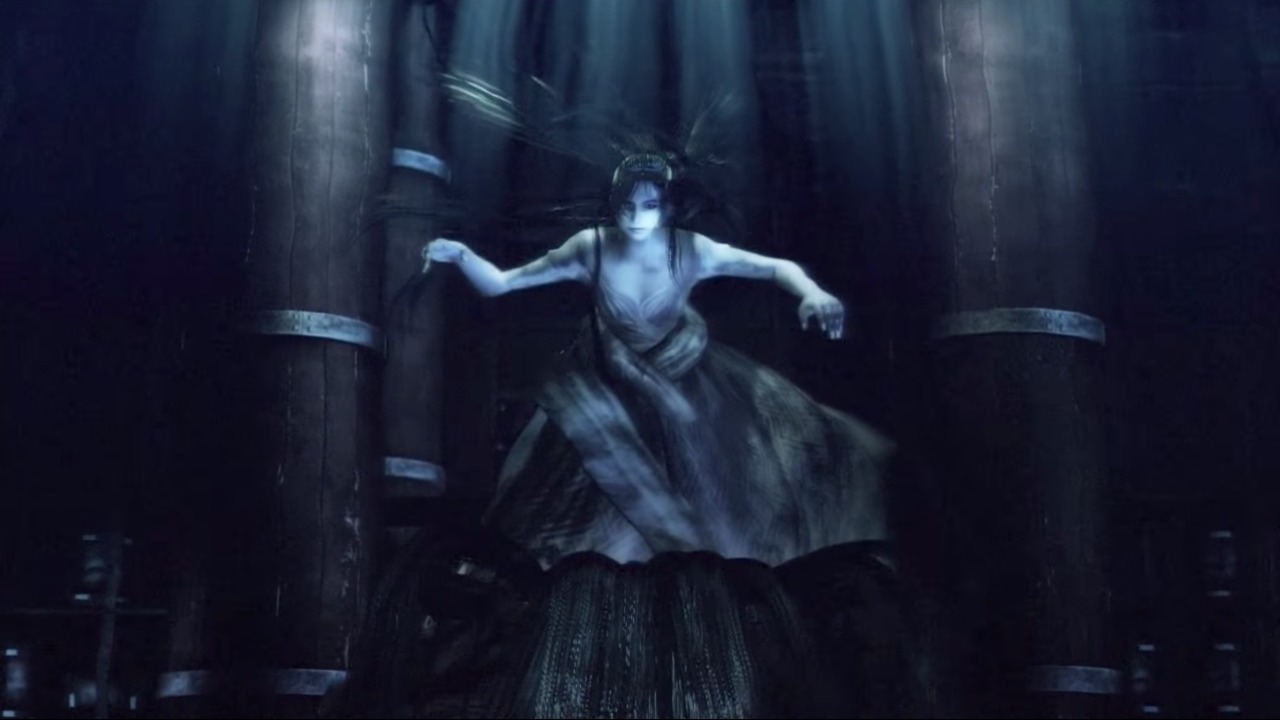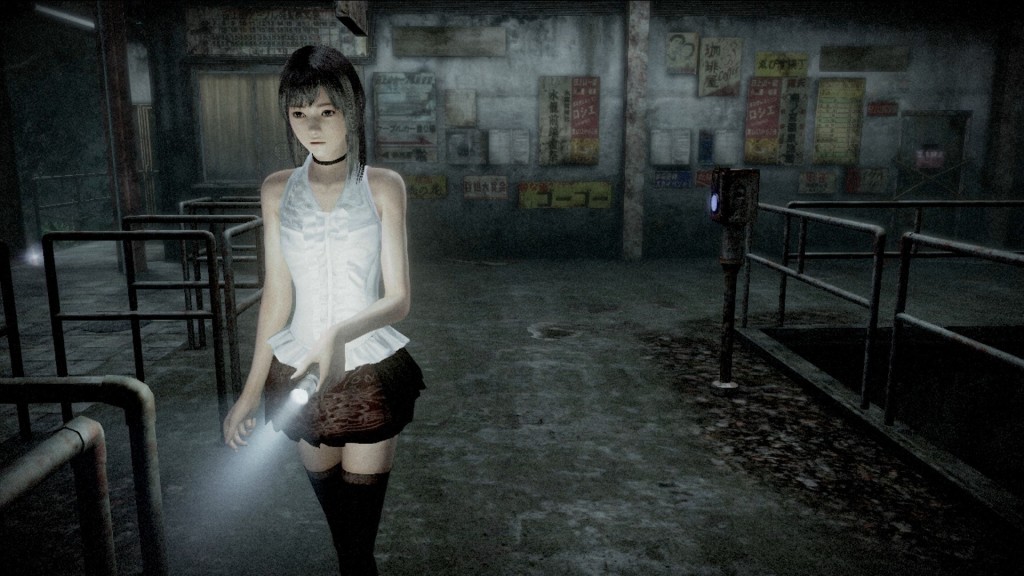Going into Project Zero: Maiden of Black Water it’s hard to not have high expectations. While often overlooked, the series comes with a strong pedigree amongst horror games, often being touted as the scariest series around. Blending the visual style of Japanese cinema with gameplay borrowed from Resident Evil (Swapping out the guns for camera lenses), the original Project Zero was quite revolutionary for the time. Followed by a string of sequels that built-upon the original’s strong formula, the franchise cemented itself a good reputation, but never saw great commercial success in Western territories. So with this new release emerging near Halloween you’d assume that Nintendo would be giving it a big push, especially as it’s a Wii-U exclusive that has a practical and logical use for the system’s unconventional controller, but we’ve seen very little promotion thus far. If you’re at all familiar with the franchise, you’ll know exactly what to expect and no doubt be excited. Random ghost encounters, eerie locales and a dark, depressing story are the key elements that make up any Project Zero game. Maiden of Black Water is no different, it embodies all of these core values but something about it all feels a little off.
Project Zero is known for its protagonists only line of defence, the Camera Obscura. It may not seem so groundbreaking now, but when the series debuted camera-based combat was a novel concept that served to heighten suspense. Combat revolves around timing your shots in order to inflict the most damage possible to ghosts, whilst allowing for film reloads and keeping your character out of harms way. In the past, dual-use of the analogue sticks was required to manoeuvre your character and aim the lens in combat, which is still available here, but this is a Wii-U title after all so the gamepad is put to good use and integrates seamlessly into the game.
At first it seems a little strenuous to handle, but after a few battles it begins to feel quite natural. Eventually you’ll find yourself lining-up perfect portraits just as a hanging-victim lunges at your face. Before long you’ll be dealing maximum damage with a fatal frame and taking a rather well composed image of the recently deceased. It’s immersive and draws you into the game early on, making excellent use of the gamepad and giving combat a sense of urgency. Sadly though, this is coupled with almost tank-like character movements which can lead to ghosts landing a few cheap shots as you try to back your way out of a tight corner. There’s also a strange difficulty spike between ghosts; some boss enemies will have easy to spot patterns that you can exploit whereas the more run-of-the-mill ghosts have seemingly endless life-bars that can use up big supplies of your film. The heightened emphasis on gamepad centric combat does also mean that the game’s puzzles have been toned-down somewhat. Gone are the cryptic riddles and talismans, replaced with simple key-finding ventures and spot the object in the dark segments.

